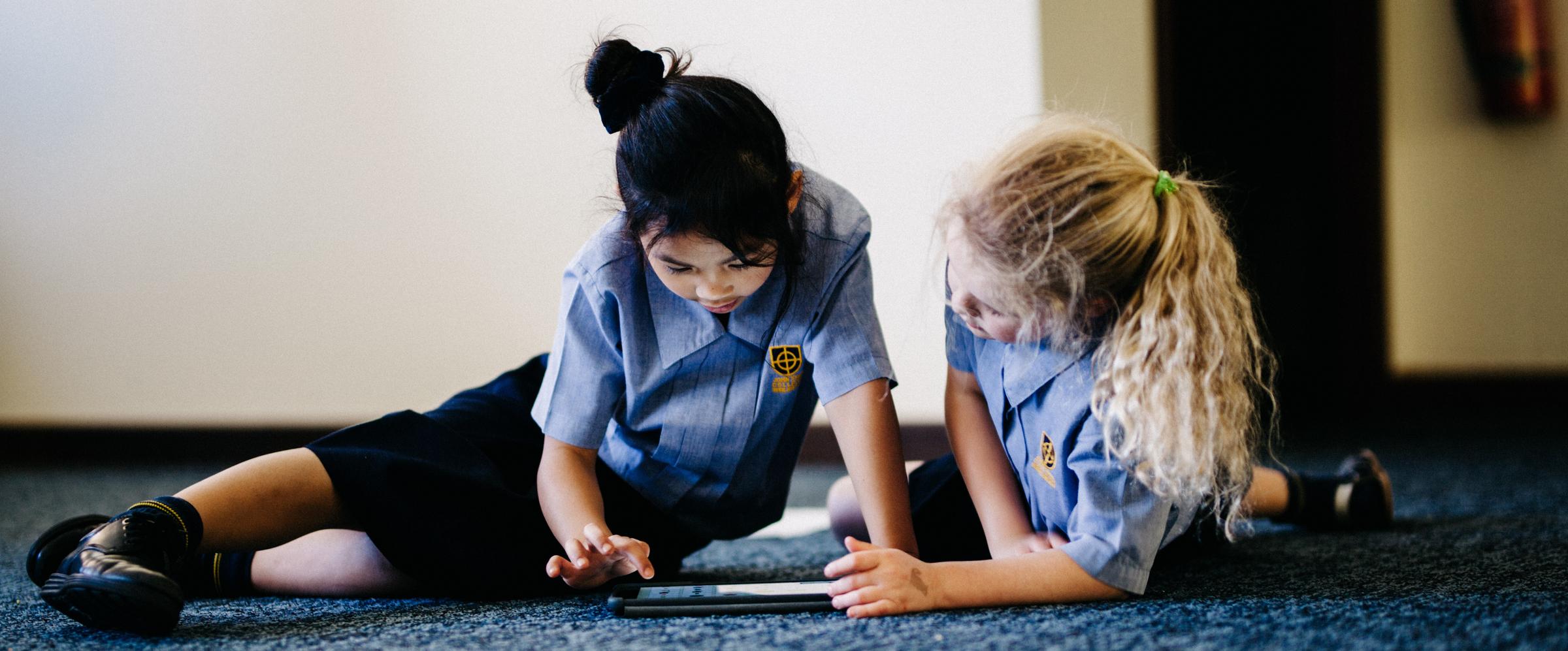Cyber Safety

Cyber Safety Hub
The Hub includes expert advice on the most pertinent cyber safety issues and frequently asked questions around platforms like TikTok, Fortnite, Instagram, and more. There are app reviews with age and safety recommendations, a range of guides and resources to help ensure healthy boundaries around screen time and gaming, and step-by-step instructions for using parental controls and filtering out inappropriate content.
How to get Help with Qustodio as a Parent
This video provides parents with a practical guide for how they can get help with their Qustodio Parent tools.
How much screen time is too much?
Qustodio’s 2023 Annual Data Report revealed that kids spent an average of 4 hours daily on personal devices outside of school. Although this amount of screen time has remained constant over the previous years, and being able to socialize, learn, and be entertained online can be positive, research shows that excessive screen time is taking its toll on children’s physical and mental health.
Too much or poor quality screen time has been linked to:
Finding the right screen time balance for kids is one of the biggest challenges today’s parents face. Digital content is made to be addictive and there are no universal rules on how much screen time is too much. So much depends on the quality of the digital content, what else your child does in their free time (are they being active and getting enough exercise), and their age and maturity.
But there is hope. Fresh research on screen time gives us a clearer picture on what a balanced digital diet looks like. In general, your family should watch 2 hours or less of screens for entertainment, preferably on the weekend. And, according to the CDC, children 6-17 should be getting at least 60 minutes of physical activity per day.
So how much screen time is too much? Here’s a guide to screen time for kids to help you make the right decisions for your family.
Ages 0-2
How much screen time is too much for a toddler? Anything beyond an occasional video chat.
At this age children need unstructured play time, the opportunity to touch things and direct eye contact. Aside from a video call with the grandparents, toddlers should have no screen time. The American Academy of Pediatrics also discourages media use, except for video chatting, for children in this age group.
Ages 3-5
How much screen time is too much for a preschooler? Anything beyond 1 hour.
If you introduce digital media to children in this age group, make sure it’s high-quality programming. That means reading reviews, previewing videos, games, and apps before allowing your child to view or play with them, and better yet, co-watching or playing together.
Avoid fast-paced programming, apps with a lot of distracting content, and violent media. And eliminate ads. This may cost you extra but it is important as children’s brains tend to take information literally and do not have the capacity to discern fact from fiction. We think 15 to 30 minutes is plenty, but 1 hour should be the maximum.
Think movie night. Use a parental control app such as Qustodio, or even your kitchen timer, to set a time limit, and stick to it. These are habit-forming years, so this is a great time to teach your child that screen time is not okay at the dinner table or before bed, and that when the buzzer goes off, the screen goes off.
Ages 6 -10
How much screen time is too much for a primary school child? Anything beyond 1 to 2 hours total.
At this age, 1 hour should still be the maximum, but that 1 hour can be in addition to other screen time that your child may spend on educational purposes such as homework or learning piano online. Time limits are key at this age because the ability to self-regulate doesn’t generally kick in until around age 13, and will still be developing through their teens.
Parents should also continue to monitor content and take time out to watch occasionally together. Make sure screen time happens in a common area of the house — not the bedroom.
This is also the right time to start teaching digital literacy. Talk to your child about dangerous situations that can happen online and how you expect your child to react. Make sure your child knows that:
- Strangers online, just as in real life, can be predators
- Online purchases are not appropriate for kids. Beware of ads, loot boxes, donations to gamers or TikTokers, and ad-ons. Ask mom or dad before trying to buy anything.
- Anything you post online stays online, forever. Even Snapchats and other ‘disappearing’ or temporary messages.
- Not all websites are trustworthy. Know how to identify fake news.
- Not everything they see online, especially on social media, is reality. Show them how people can easily manipulate how they look with filters.
- Many types of technology collect data to send users ads or to make money. Teach them to never share personal information.
- Sexting and sharing nude photographs are not appropriate
- Kindness and being polite online is just as important online as it is offline
- Teach them to trust their instinct. If something doesn’t feel right, it probably isn’t.
- Encourage them to talk to an adult about anything that makes them feel uncomfortable. Mistakes are okay.
Ages 11-13
How much screen time is too much for a tween? It depends, but anything beyond 2 hours is probably too much.
At this age, you’ll want to start giving your child more flexibility in terms of screen time, but 2 hours is a good max. You should prioritize off screen activities and make sure on-screen content is quality content. Once you agree on a time limit, make sure to stick to it. It is still easy at this age – at any age – to get sucked into the addictive nature of the internet. This is also a good time to review the risks related to being online (See ages 6-10).
Kids of this age begin to be very image conscious, be sure to understand who they follow on social media and talk to them about why they like those influencers. Do they hold values you think your child should emulate? As always, keep devices out of the bedroom at night — to avoid stimulating blue light and to avoid the strong temptation to check in on social media updates — and turn screens off an hour before bed, and prohibit devices at the dinner table.
Ages 13+
How much screen time is too much for a teenager? It depends.
By the time your child is a teenager, setting limits will become more difficult, but it is equally important. Using parental control software can help as it is consistent and helps avoid the daily nagging to shut down. With teens, conversation is key. Remind them of the dangers online and continue to prioritize offline activities.
Teens tend to have high sexual curiosity so this is a good time to talk to them about the dangers of sexting and the fact that pornography is usually not an accurate representation of healthy sexual behavior.
This is also the age when they will most be watching what you do with your screen time. And they will be the first to use it against you! So make sure you are setting a good example for healthy tech use yourself. And just as when they were young, take the time to watch quality online content together. These are great ways to understand what interests them, bond and have important conversations.
Reference: https://www.qustodio.com/en/blog/how-much-screen-time/


